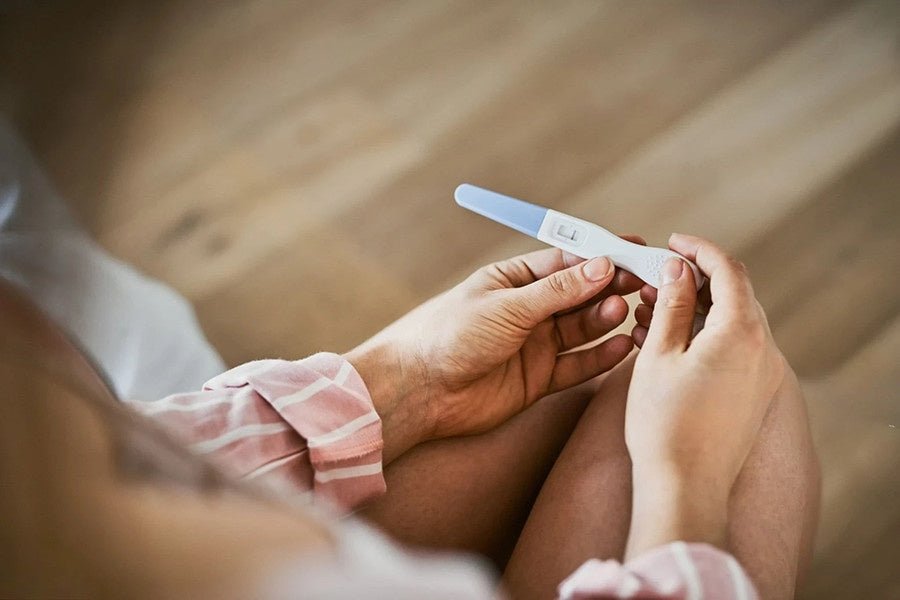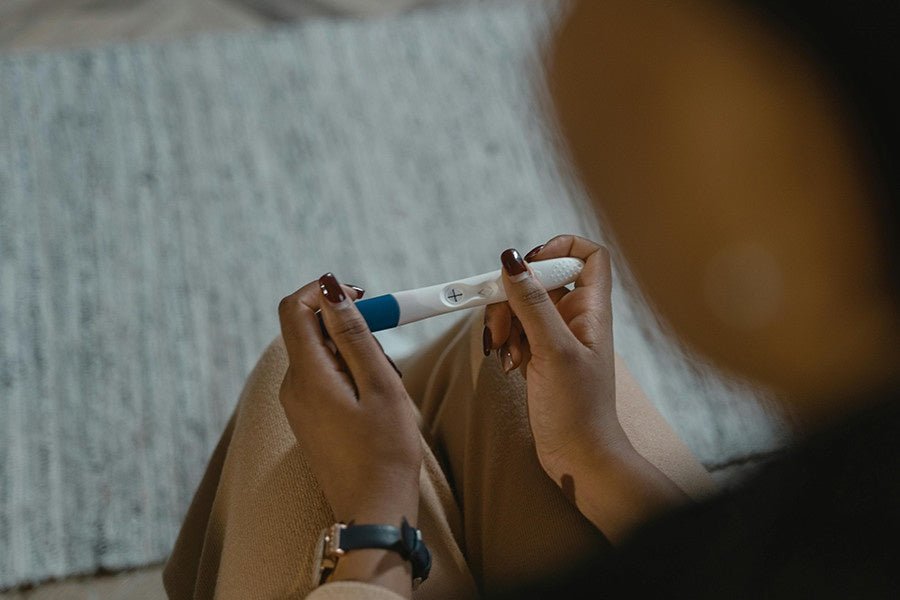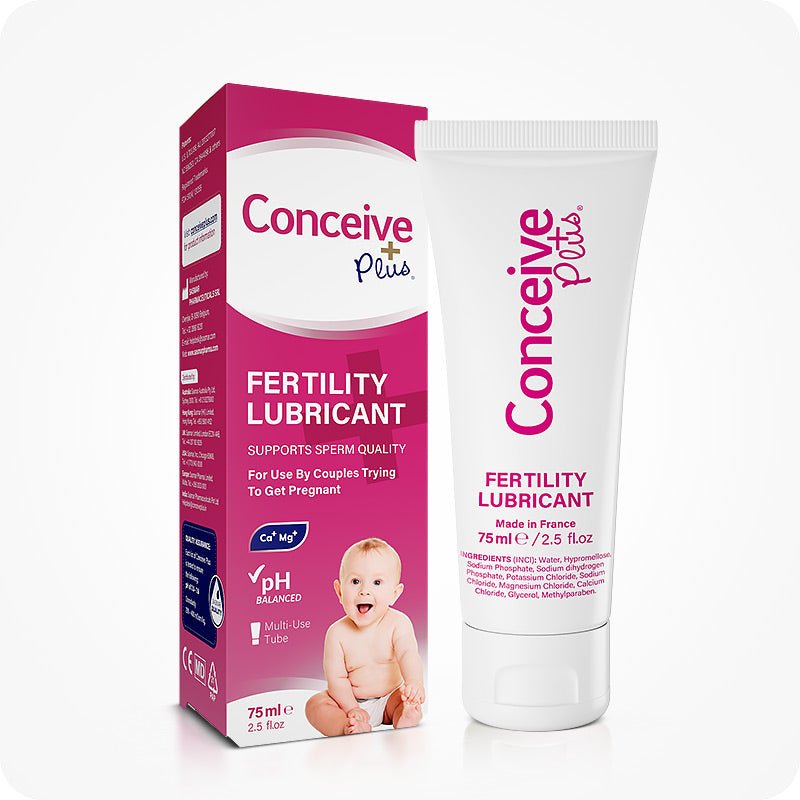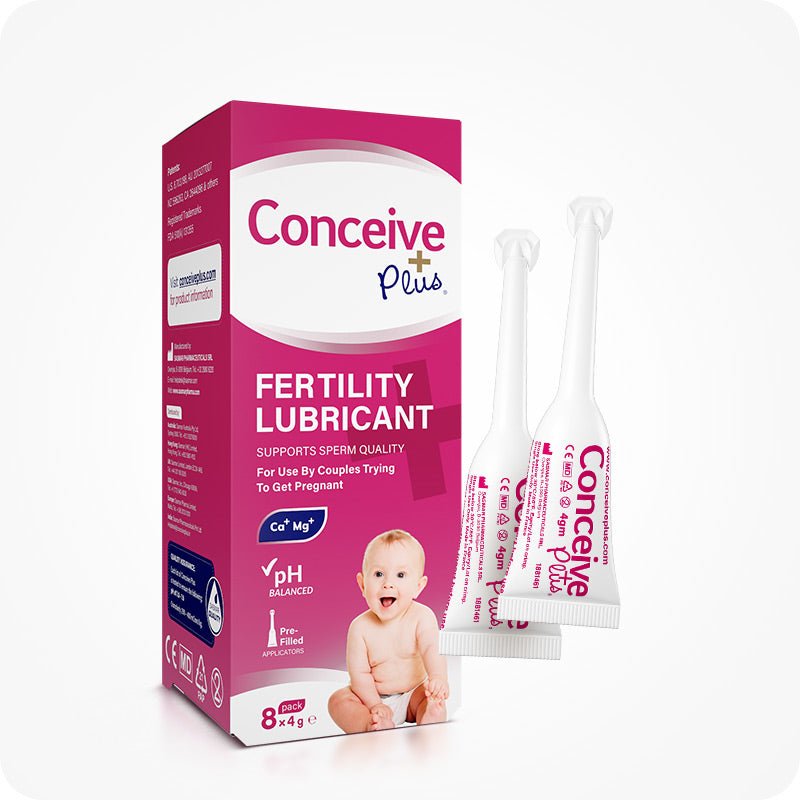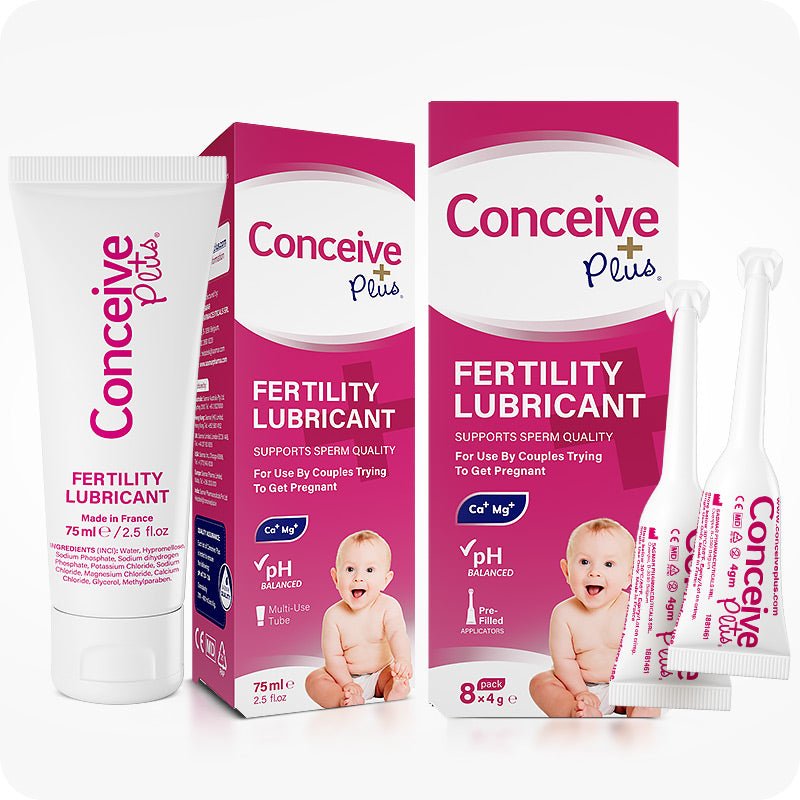How the Rhythm Method Works for Birth Control

The rhythm method has drawn interest for many years. Some want to use it to plan a pregnancy, while others want an all-natural option to avoid one. Many wonder if it’s truly effective or if they might need extra backup. This article will give a thorough view of how it functions, from cycle phases and charting tips to how it might help either prevent or aid pregnancy. It also clarifies what is the rhythm method all about and how it fits into daily life for those who give it a try [1].
Understanding the Basics
The core of the rhythm method is simply tracking your monthly cycles to figure out when ovulation occurs. The assumption is that by knowing which days an egg is present and can be fertilized, a person (or a couple) can decide if they want to engage in intimate relations or skip it. Some folks also call it rhythm birth control because it tries to line up with the body’s natural rhythms rather than rely on pills or other devices.
The method calls for daily awareness of cycle changes, possible shifts in cervical fluid, and even small temperature variations. Some prefer to keep simple calendars, while others might choose digital tools. A big question that often arises is: does it always work the way it’s described? Success depends on accurate recordkeeping, plus consistent monitoring of each cycle’s details [2].
Menstrual Cycle Overview
A menstrual cycle can be divided into phases that revolve around hormone fluctuations and the development of an egg in the ovary. The follicular phase starts at Day 1 of the period. This is when follicles, each containing an egg, start developing under hormonal signals.
The ovulatory phase occurs about midway. One follicle matures fully and releases its egg into the fallopian tube. This egg typically survives for about 12 to 24 hours. The possibility of fertilization is higher during the days leading up to ovulation and right after the egg’s release, because sperm can remain active for several days [3].
The luteal phase follows ovulation and usually lasts around 14 days. During this time, the body prepares for pregnancy by thickening the uterine lining. If the egg is not fertilized, the hormone levels drop, and the lining is eventually shed. This shedding is a person’s next period, marking the start of a new cycle. But not all cycles are 28 days, so it’s good to remember that each person might have a shorter or longer timeline. Additionally, different uterus shapes can sometimes influence menstrual cycles and fertility outcomes.
Sometimes that cycle might shift a bit. Stress or an unexpected schedule change can push ovulation earlier or later. The body can be quite unpredictable, so paying close attention each month is recommended.
Charting for Accuracy
Charting is a method that aims to keep a daily record of your cycle details. Many prefer marking the days on a basic calendar. Others add in their morning temperature, known as basal body temperature, because after ovulation it might go up slightly. Checking cervical fluid is also popular. Fluid often appears thinner and more stretchy close to ovulation, then becomes thicker afterward.
Some people track for a minimum of six months before fully relying on the data. During that time, patterns can emerge. For instance, if it’s seen that ovulation tends to happen around Day 14 or 15 consistently, then a “fertile window” can be estimated for future cycles. But in real life, variations happen. Even a small cold or a late night can delay or hasten hormonal changes. So it’s important not to rely on a single month’s data [4].
Considerations for Irregular Cycles
Irregular cycles add another layer of complexity. Some individuals have an unpredictable cycle length that can swing significantly each month. One period might be 27 days, another might be 33. That makes it more challenging to guess the fertile window [5].
When faced with irregularity, other tools might be used. Ovulation predictor kits measure hormone surges that signal egg release. Some rely heavily on bodily changes, including fluid or even slight abdominal twinges or mild cramps that can coincide with ovulation. It is, however, wise to gather as much info as possible each month. Missing data might lead to bigger miscalculations about fertility. People with extremely irregular cycles sometimes consider combining different approaches or seeking medical insight.
Applying the Method to Avoid Pregnancy
Applying it to avoid conception means being quite vigilant about daily updates. There are a few key steps:
- Track cycle lengths for a handful of months to see if there is a common pattern. Gather info on the earliest day ovulation might happen and the latest it might come.
- Mark the probable fertile window. Unprotected intercourse should be off the table in this window if avoiding pregnancy is the goal, or an alternative like condoms should be used.
- Expect some changes each month. Even a small slip can cause a surprise pregnancy. Some find it helpful to have a backup plan, especially when unsure if ovulation might be shifting.
- Communicate with a partner so that both sides know the “red zones” to stay away from or take extra measures.
When done strictly, many find that it helps them line up those safer days, but no method is perfect. The biggest factor is consistent daily awareness and a willingness to skip or protect during the window of fertility [6].
Using the Method to Promote Conception
Some prefer using these same techniques to do the opposite: boost their chances to get pregnant. The basic approach is reversed. Intercourse is timed for the fertile window. Many people find success by focusing on:
- Gathering a clear sense of ovulation over multiple cycles. That means repeating temperature checks, fluid observations, or even hormone-based ovulation strips that confirm the surge [7].
- Planning intercourse for the days just before the egg is typically released and on the suspected day of ovulation. Sperm can last up to a few days, so being intimate right before ovulation can be beneficial.
- Combining healthier lifestyle choices, like balanced diets, less alcohol, or moderate exercise. Hormones often behave better when the body is in stable condition.
- Checking that both partners are physically prepared. It is helpful if the male partner’s sperm is healthy and the female partner’s cycle is somewhat predictable. Then, these measures can truly line up for a higher chance of fertilization.
But even so, no single month is guaranteed. Patience is key, and continuing to refine charting can help highlight the best days consistently.
Nutrients for Fertility Support
Some individuals focus on boosting vitamin and mineral intake to keep the reproductive system running smoothly. Folate, for instance, is widely recommended for those trying to conceive. It supports healthy cell development and may reduce certain fetal risks. Zinc is recognized for its role in hormone balance and sperm health. Iron, magnesium, and selenium might also be considered to help overall wellness. Extra vitamins, especially those in the B-complex range, often get singled out because of their effect on metabolism and energy. But these are not magic bullets. They can, however, fill nutritional gaps and support better overall conditions for reproduction [8].
Lubrication and Conception Support
Not all lubricants are the same. Some commercial brands contain ingredients that can negatively affect sperm movement. So, people focusing on high fertility often choose options that more closely match the body’s natural fluids. Such lubricants can contain calcium or magnesium ions that do not harm the sperm. That can matter during the fertile window, as even small obstacles may reduce the chance of successful fertilization [9]. Checking product labels is a standard step, especially for those who have dryness issues or want to ensure that their chosen lubrication does not reduce sperm viability.
Men’s Health and Role in Fertility
Male fertility is often overlooked in these discussions. But sperm count and mobility can be impacted by lifestyle, stress, and diet. Nutrients like L-carnitine may boost sperm movement, while vitamins C and E can protect cells from damage. Avoiding tobacco and reducing alcohol can also enhance sperm quality. Engaging in moderate exercise without going to extremes is known to help hormone balance, which might also improve overall reproductive health. It’s sometimes recommended for both partners to keep track of their health so the monthly window is met by an environment that’s as sperm- and egg-friendly as possible [10].
Potential Challenges and How to Overcome Them
Some illusions exist that the rhythm method is a simple fix. Yet challenges arise, which can catch people off guard:
- Timing Errors: Small mistakes in recording or forgetting to note a temperature spike might place unprotected intimacy on a fertile day or skip the best day for trying. Overcoming it might involve setting an alarm or a phone reminder to track info the same time each day.
- Lifestyle Disruptions: Stress, travel, or illness can delay or accelerate ovulation. Overcoming it requires a flexible mindset. Keeping track even when away from home can help, plus reevaluating data if something big disrupted your routine [11].
- Boredom With Tracking: Some individuals get tired of daily checks. Overcoming it might mean using an app with a friendly interface or rewarding consistent record-keeping with small treats. Having a partner to share in the process also helps.
- Uncertainty About Accuracy: Even with the best routine, data can be inconsistent. Overcoming it may involve combining multiple signs (temperature, cervical mucus, ovulation kits) to get a clearer view of each cycle’s fertile window.
The more consistent the process, the better the results tend to be. However, no one is perfect. Real life can be messy. Adjusting calmly helps maintain a practical perspective.
Practical Steps for Greater Success
Practicing the rhythm method involves diligence and a thorough approach to data collection. Incorporating certain steps helps reduce guesswork:
- Start with at least three to six months of logging. This allows an accurate baseline of cycle lengths. Each cycle can look a bit different, so more data is better.
- Confirm weird readings if possible. Sometimes a random spike in temperature might be because the person woke up too late or has a mild fever. Setting rules for consistent data collection, like measuring at the same time each morning, helps reliability.
- Use backup methods on suspicious days. If a cycle seems a bit off, a barrier might be wise for a few days. Or if the aim is pregnancy, an ovulation kit can confirm hormone surges [12].
- Keep up healthy habits. Balanced eating, mild exercise, and routine sleep patterns help stabilize hormonal fluctuations. Doing this can yield more predictable cycles and support better fertility outcomes.
- Communicate with a partner about the daily or weekly findings, so both are on the same page. This reduces surprises or misunderstandings about “safe” or “risky” days.
These steps can remove some guesswork. There is definitely no instant perfection in a system that relies on observing the body. But thoroughness pays off.
The Bottom Line
It’s clear that the rhythm method can be an option for those who want a natural plan for either preventing or achieving pregnancy. It requires attention to details and a willingness to follow the shifting signals of the menstrual cycle. Some call it what is the rhythm method, but at its core, it’s simply about noticing and recording patterns that occur monthly [13]. While it might not be as foolproof as other methods, it appeals to many who want to avoid hormones or medical devices. Over time, the knowledge gained of one’s own cycle can be valuable, especially if the desire to conceive arises. Ultimately, whether it’s used to avoid or enhance pregnancy likelihood, consistency plus honest communication can make it an effective choice.
FAQs
How many months of tracking are recommended before trusting the method?
Typically around three to six months of thorough daily tracking is considered the minimum, so cycle variations can be properly identified.
Is there a possibility to combine the rhythm method with other contraception?
Yes. Some people use condoms or spermicides on days that might be fertile, which adds an extra layer of protection.
What if the cycle is never the same length from one month to another?
That does complicate matters. A combination of cervical fluid checks, temperature readings, and possibly ovulation tests can be used to deal with irregular cycles.
Does it protect from sexually transmitted infections?
No, it does not. Avoiding or limiting intimacy on the most fertile days only helps with pregnancy risks, not infections. A barrier like condoms is needed for that.
Can stress or travel shift ovulation drastically?
It often does. Physical and emotional stressors may delay or speed up hormone surges, so it’s wise to keep that in mind when charting cycles.
Citations
- Fehring, R. J., Schneider, M., & Barron, M. L. (2008). Efficacy of the Marquette Method of natural family planning. MCN. The American journal of maternal child nursing. Available at: https://pubmed.ncbi.nlm.nih.gov/18997569/
- Ecochard, R., & Gougeon, A. (2000). Side of ovulation and cycle characteristics in normally fertile women. Human reproduction (Oxford, England). Available at: https://pubmed.ncbi.nlm.nih.gov/10739814/
- Wilcox, A. J., Weinberg, C. R., & Baird, D. D. (1995). Timing of sexual intercourse in relation to ovulation. Effects on the probability of conception, survival of the pregnancy, and sex of the baby. The New England journal of medicine. Available at: https://pubmed.ncbi.nlm.nih.gov/7477165/
- Gnoth, C., Frank-Herrmann, P., Schmoll, A., Godehardt, E., & Freundl, G. (2002). Cycle characteristics after discontinuation of oral contraceptives. Gynecological endocrinology : the official journal of the International Society of Gynecological Endocrinology. Available at: https://pubmed.ncbi.nlm.nih.gov/12396560/
- Creinin, M. D., Keverline, S., & Meyn, L. A. (2004). How regular is regular? An analysis of menstrual cycle regularity. Contraception. Available at: https://pubmed.ncbi.nlm.nih.gov/15451332/
- Duane, M., Stanford, J. B., Porucznik, C. A., & Vigil, P. (2022). Fertility Awareness-Based Methods for Women's Health and Family Planning. Frontiers in medicine. Available at: https://pmc.ncbi.nlm.nih.gov/articles/PMC9171018/
- Lynch, C. D., Jackson, L. W., & Buck Louis, G. M. (2006). Estimation of the day-specific probabilities of conception: current state of the knowledge and the relevance for epidemiological research. Paediatric and perinatal epidemiology. Available at: https://pubmed.ncbi.nlm.nih.gov/17061968/
- Showell, M. G., Mackenzie-Proctor, R., Jordan, V., & Hart, R. J. (2020). Antioxidants for female subfertility. The Cochrane database of systematic reviews. Available at: https://pubmed.ncbi.nlm.nih.gov/32851663/
- Tulandi, T., & McInnes, R. A. (1984). Vaginal lubricants: effect of glycerin and egg white on sperm motility and progression in vitro. Fertility and sterility. Available at: https://pubmed.ncbi.nlm.nih.gov/6336313/
- Practice Committee of the American Society for Reproductive Medicine (2015). Diagnostic evaluation of the infertile male: a committee opinion. Fertility and sterility. Available at: https://pubmed.ncbi.nlm.nih.gov/25597249/
- Lynch, K. E., Mumford, S. L., Schliep, K. C., Whitcomb, B. W., Zarek, S. M., Pollack, A. Z., Bertone-Johnson, E. R., Danaher, M., Wactawski-Wende, J., Gaskins, A. J., & Schisterman, E. F. (2014). Assessment of anovulation in eumenorrheic women: comparison of ovulation detection algorithms. Fertility and sterility. Available at: https://pubmed.ncbi.nlm.nih.gov/24875398/
- Trussell, J., & Grummer-Strawn, L. (1990). Contraceptive failure of the ovulation method of periodic abstinence. Family planning perspectives. Available at: https://pubmed.ncbi.nlm.nih.gov/2189750/
- Pallone, S. R., & Bergus, G. R. (2009). Fertility awareness-based methods: another option for family planning. Journal of the American Board of Family Medicine. Available at: https://pubmed.ncbi.nlm.nih.gov/19264938/




